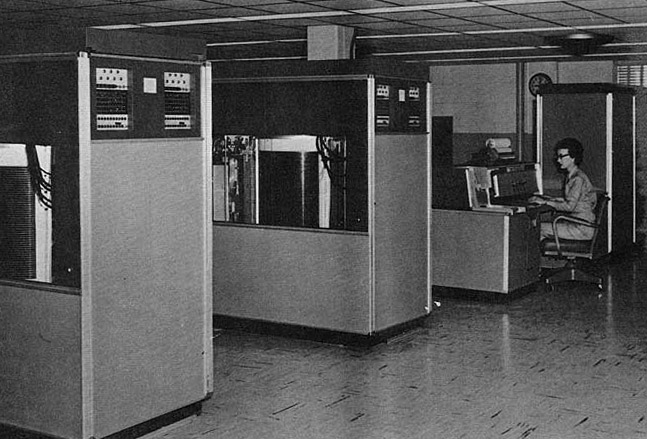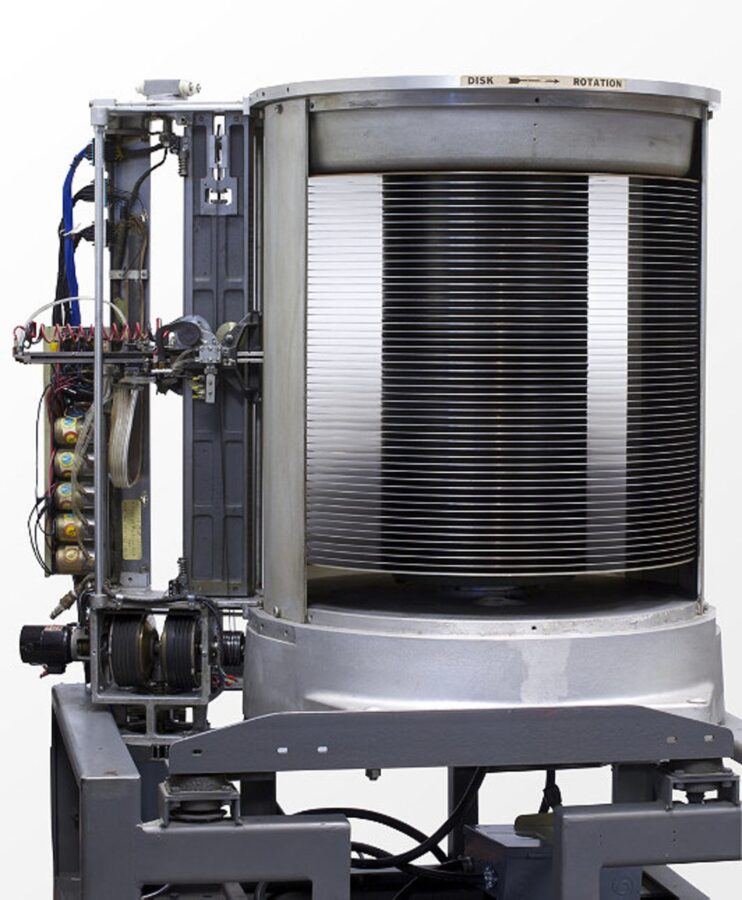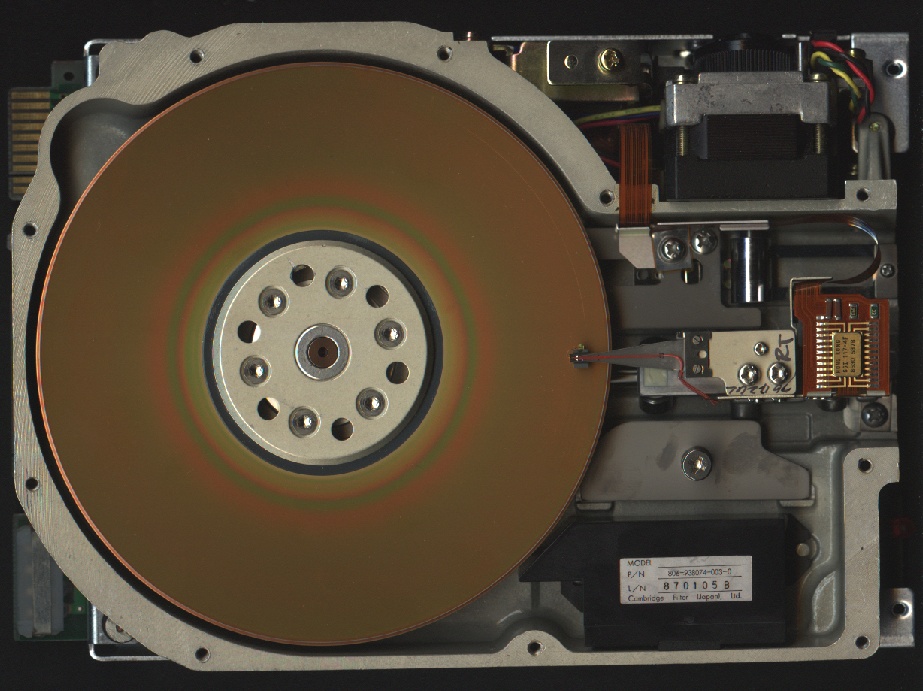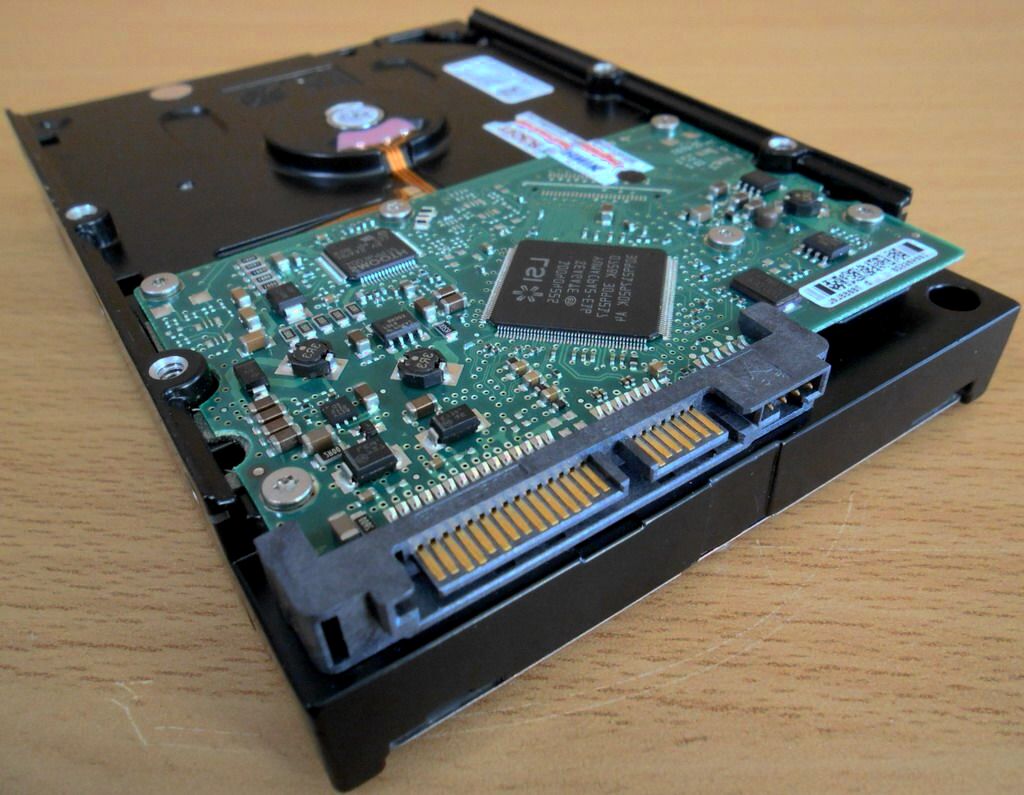If you are wondering what a hard disk drive is, this article will provide all the information you need.
So… What is a Hard Disk Drive?
If you are overcome by a desire to understand the inner workings of hard disk drives, you’re in the right place. The hard drive data recovery experts at Data Savers LLC can provide computer hobbyists with insight into this complex piece of precision machinery.
The typical HDD is made up of a read / write head stack, a set of platters capable of recording data magnetically, an actuator arm that positions the read / write head stack over the platters, an electric spindle motor to spin the platters, and a small motor to operate the actuator arm.

While data recovery cases are rarely simple, the objective is always straightforward. The client lost x, y, and z from this storage device, we need to recover that data. When Data Savers LLC opened in 2005, hard disk drives had achieved a dominant presence as the default data storage appliance. HDDs and portable flash storage like the USB thumb drive consumed a vast majority of the data storage market share that belonged to the floppy disk.
Solid state drives were invented well before the turn of the century, but in 2005 SSDs were still prohibitively expensive for a vast majority of consumers. While many hardware manufacturers are shifting to SSDs as their default data storage solution, hard disk drives are still widely used on a global scale.
Hard Disk Drives Over the Years
In this section we will be taking a look at the world’s first hard disk drive (pictured below). The tech specs of this storage appliance should provide some perspective on the staggering degree of technological advancement achieved between 1956 and the 2020s. We are undoubtedly living in a different era than the world this team of IBM engineers knew.
1956 5MB IBM 305 RAMAC

The IBM 305 RAMAC set a low bar for HDD technical specifications. This was, of course, the first hard disk drive, but it: weighed over a ton, offered 5MB of storage, and the cherry on top was a sticker price that would equate to about ~$500k USD by todays CPI.
The original HDD was a masterpiece from an engineering perspective, but failed to receive the commercial success one might associate with disruptive new technology.
While hard disk drives were being produced and sold by IBM in 1956, the economics of the situation were problematic to say the least. Not only was this device of limited value for completing most tasks, but the IBM 305 RAMAC was not an aesthetically appealing machine either. It is unsurprising that most of the world was indifferent to this invention. It could only store 5MB of data, transporting it without a forklift was not realistic, and it’s sticker price wildly exceeded the lifetime earnings of a majority of US citizens.
At the end of the day, there is a limited market for expensive, useless, high-maintenance machines. Fortunately, any financial woes for the IBM engineers that built this device likely vanished when another IBM invention, the floppy disk, became a dominant data storage solution during the 1980s and 1990s.
Technological Progress Sees No Regression
The 1956 IBM 305 RAMAC laid some of the first bricks in the foundation of modern computing. The next historical hard drive we will be discussing is the 1980 5MB Seagate ST506. While research & development certainly occurred between 1956 and 1980, innovations in data storage are largely irrelevant to data storage today.
The Seagate ST506 Hard Disk Drive
1980 5MB Seagate ST506

The Seagate ST506 offers a storage capacity of 5MB. For 24 years, a global community of computer scientists and engineers replaced a device that takes up an entire room with one that fits in the palm of your hand.
This Seagate hard disk drive saw tremendous commercial success. The ST506 form factor was even established as an industry standard, and Seagate became one of the biggest hard drive producers in the world.
The Seagate ST506 5.25-inch HDD was a breakthrough moment for computing enthusiasts and computer manufacturers alike. This drive was so well received that the ST506 form factor was recognized as an industry standard. This means every HDD produced after 1980 is (either metaphorically or quite literally) a clone of this Seagate drive.
The Seagate Barracuda Hard Disk Drive
2006 750GB Seagate Barracuda 7200.10

The first Seagate Barracuda was released in 1993 as a high performance SCSI data storage device.
A common selling point for the Seagate Barracuda was Seagate’s upgrade to the spindle motor. The Barracuda’s platters rotated 7200 a minute, making it the fastest hard drive spindle motor on the market.
Many of the Barracuda series of Seagate hard drives were released during a time period where PC enthusiasts found themselves at a crossroads between floppy disks or hard disk drives for personal computer data storage. The overwhelmingly positive response to the Seagate Barracuda HDD was certainly a nail in the coffin of the floppy disk.
Request an Estimate for Hard Drive Data Recovery!

